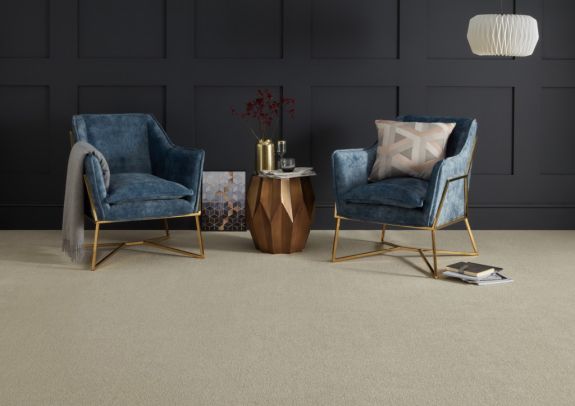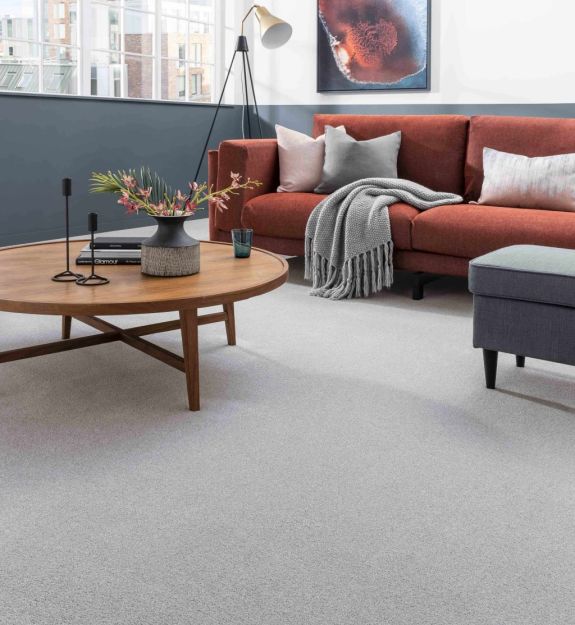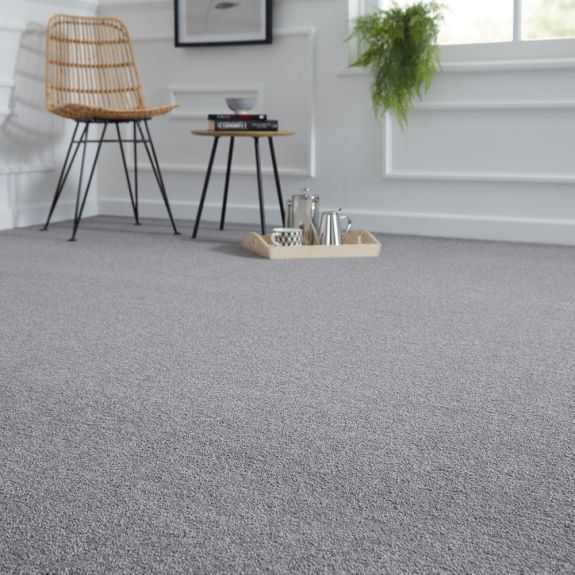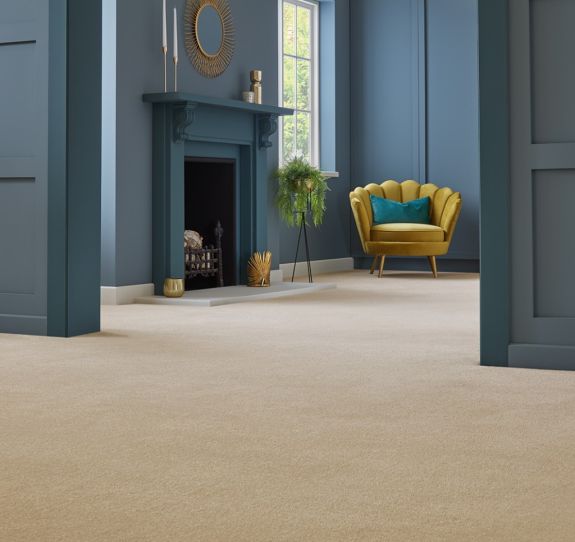Laying laminate flooring FAQs
The laminate flooring fitting process can look complicated at first glance, and there are certainly a lot of steps to consider to do it right. If you still have questions about the dos and don’ts of laying laminate flooring, we’ve got you covered. We’ve answered some of the most common questions we hear from our customers about laying laminate themselves:
Can you lay laminate over carpet?
No, you must always take up the carpet before laying any laminate. A thick plush carpet isn’t stable enough to support a laminate floor. Before laying laminate, always check the quality and standard of your subfloor to ensure that it’s stable, strong, and dry enough to keep your laminate safe.
Can you lay laminate on concrete?
Yes, you can definitely lay laminate flooring over concrete. Concrete and other smooth surfaces are highly recommended as good subfloors for laying laminate – however, if you’re laying fresh concrete, ensure it’s completely dry and smooth before you lay your underlay. Allow a minimum of one day’s drying time for every 1mm in the depth of concrete laid.
Can you lay laminate on wooden flooring?
Yes! Wooden flooring is a great option for laying laminate flooring over, however, there are a couple of requirements you must be aware of before you start rolling out the underlay.
- We recommend laying a ply sheet on top of wooden flooring to ensure a smooth surface for the underlay and laminate.
- Check that the floor is as smooth as possible – if any wooden floorboards aren't firmly screwed down, secure them.
- Remove raised nails with a hammer.












































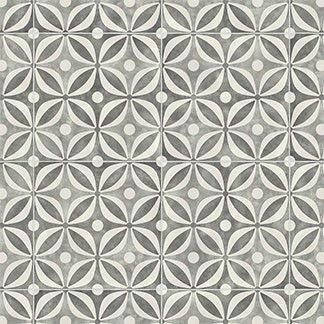
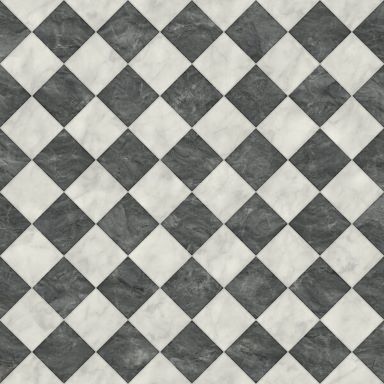

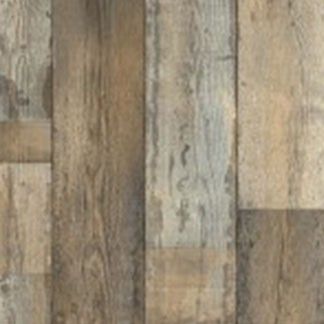











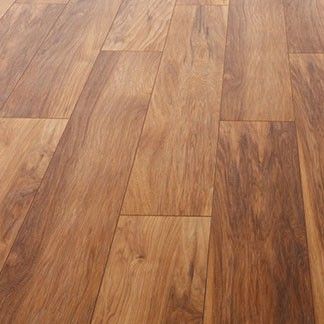
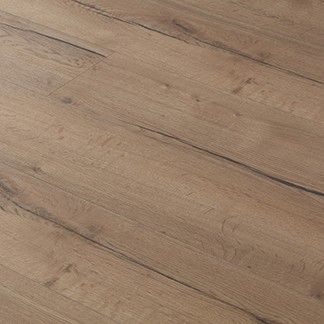


















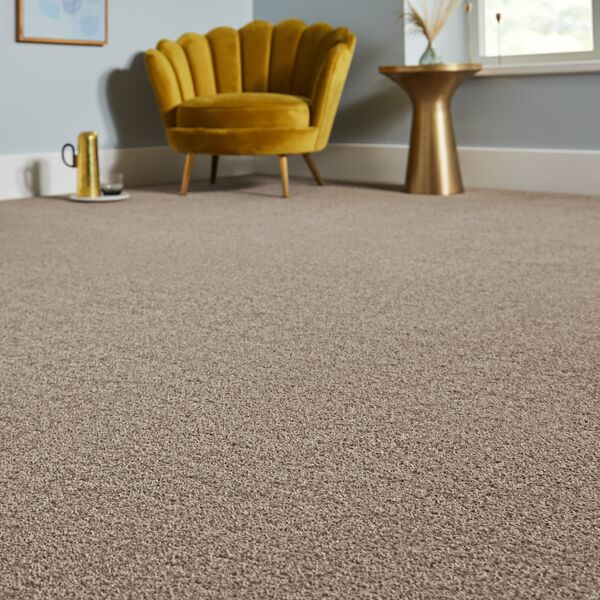
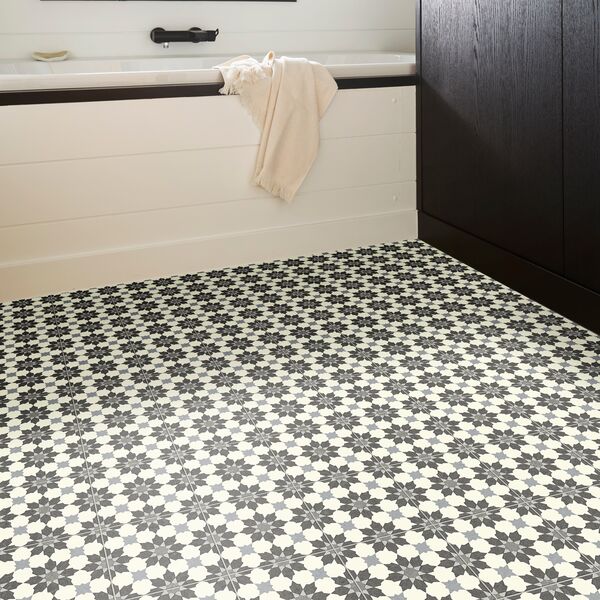
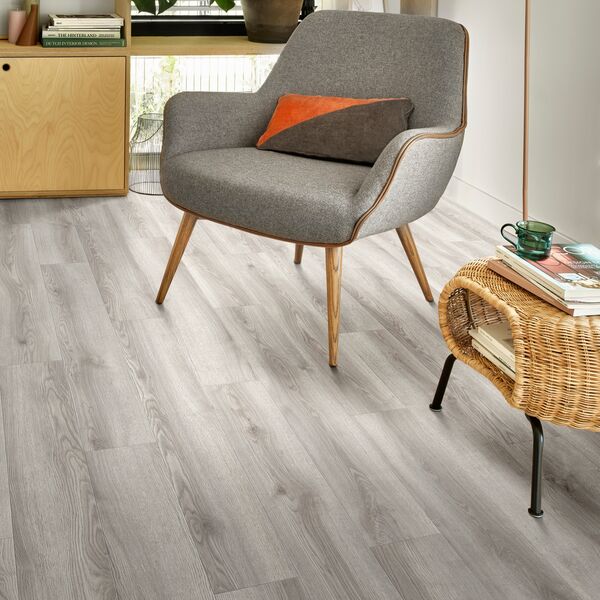

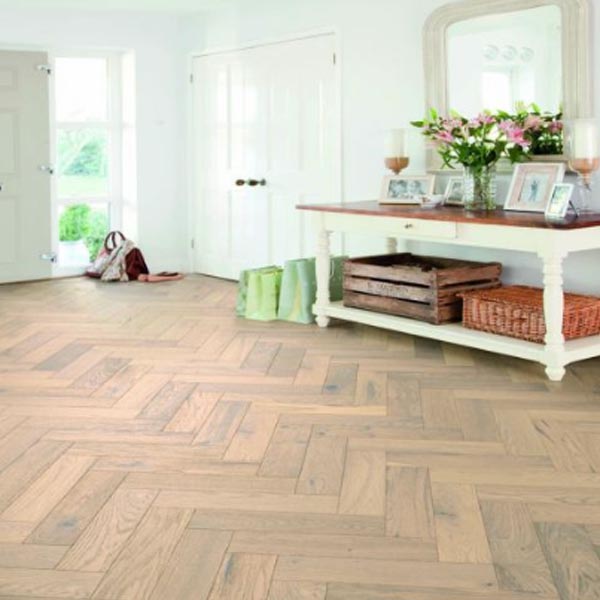



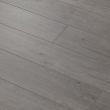
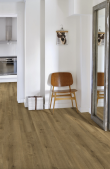











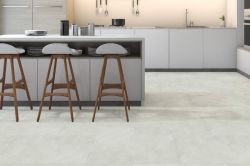








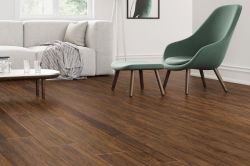



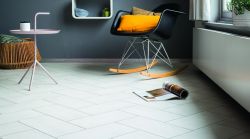





-250.jpg)



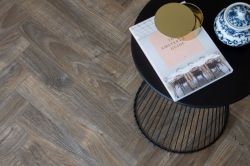



-250.jpg)
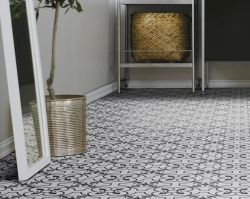

-250.jpg)

 copy-250.jpg)








-250.jpg)
 - Article Image (not header)-250.jpg)
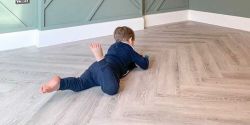
-250.jpg)

-250.jpg)




